The Making of The Blair Witch Project: Part 7 – The Embiggening

The Road to Sundance
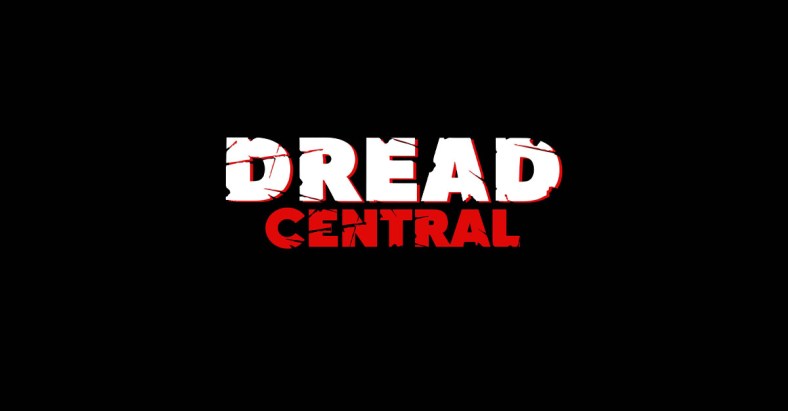
The LA Times headline the very day Alicia and I arrived in LA. Left to right: Mike Monello, Gregg Hale, Ed Sanchez, Dan Myrick, Rob Cowie.
January 26, 1998, was the first time I, a poorly-traveled Florida native had ever seen active snowfall. I’d been to cities with snow on the ground, but I’d never seen it fall from the sky the way it fell as Blair Witch cinematographer Neal Fredericks, my girlfriend Alicia Conway (with whom I’d just moved across the country from Orlando to LA while trying to get over a stomach flu) and I drove in Alicia’s Mitsubishi Expo the twelve hours overnight from LA to Park City, Utah, with no money to speak of and less of a plan of what to do when we got there. My stomach flu was waning but still pretty awful, and Alicia and Neal – who met for the first time when we picked Neal up – did all the driving and got to know one another while I writhed in pain in the back seat.
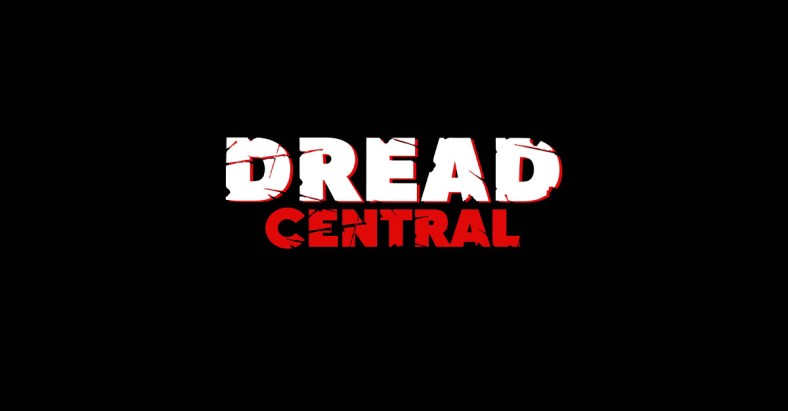
Catch up on all of the other Making of The Blair Witch Project articles here!
I remember those highways, the fog, the snow, surreal, dangerous, dark and slippery.
But we had to get there.
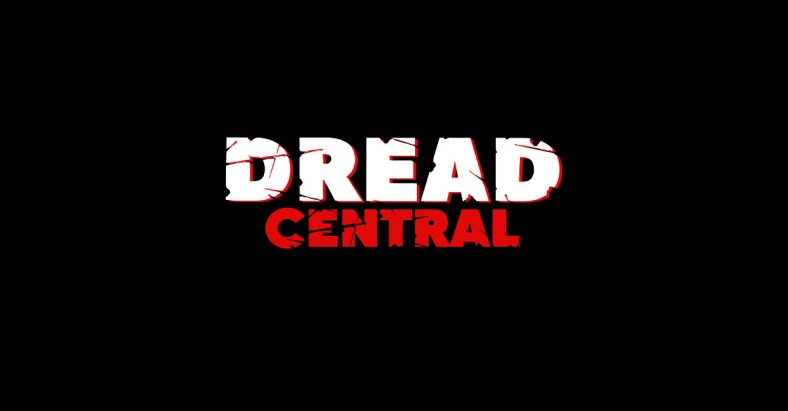
The night before, The Blair Witch Project, a film made for the price of a new economy car, had been purchased by Artisan Entertainment for a million dollars and it was noteworthy enough to leap from the wonky pages of Variety or the Hollywood Reporter to mainstream newspapers like the LA Times. The company at that time had become renowned in the indie world for releasing Bennet Miller‘s documentary The Cruise and winner of the 1998 Sundance directing award, Darren Aronofsky‘s microbudget sci-fi paranoia epic Pi. As a projectionist at the Enzian Theater, I’d loved Pi so much that I’d frequently go in on my days off to watch it. And for a movie that had been made for around $60,000, Artisan had done a pitch-perfect job marketing it.
Just watch this fucking trailer:
[youtube https://www.youtube.com/watch?v=jo18VIoR2xU]
We may have missed the first screening of the film where Blair was bought, but the whirlwind was only beginning. Heather, Mike, and Josh were there, but the “Haxan Five” (Ed, Dan, Gregg, Mike Monello, Rob) were touted as rock stars. The fleece sock hat I had with the embroidered “Stickman” logo I’d helped to create was a hot item and people kept asking to buy it from me.
It should be noted that, forever the punk, Gregg wore a “Slamdance” sock hat most of the festival.
It was like being in the entourage for The Beatles for a freezing week. Alicia and I crashed with our friends from the Florida Film Festival (where we’d just stopped working a week earlier), Neal slept on the floor of one of the condos the Haxan guys had, and we spent our days seeing the movies Sundance had to offer, running up credit card debt on overpriced ski-resort-town food and hanging out with the Haxan folks.
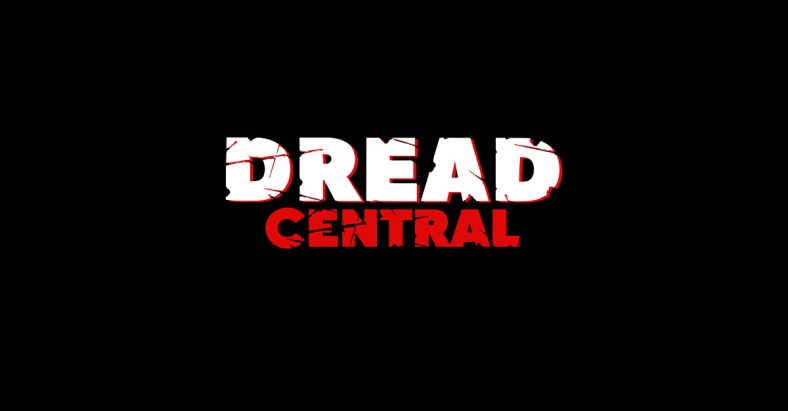
Dan (left) and Neal (right) in Haxan’s passenger van at Sundance. Photo by Stefanie Sanchez.
Every screening sold out. Lines were formed around buildings to see this jackass thing we’d made in the woods a little more than two years earlier. It was so quiet when the credits at the end ran that you could hear an ant fart. We hobnobbed, we watched Ed and Dan get interviewed by every major news outlet, we saw some great films and some truly horrible ones at the festival and we went home.
I cannot say this enough – the fun idea that two film school buddies (Ed and Dan) had while in film school, that was cobbled together with fewer resources and a lower budget than a lot of weddings… It was being taken seriously by the film business and the critical community.
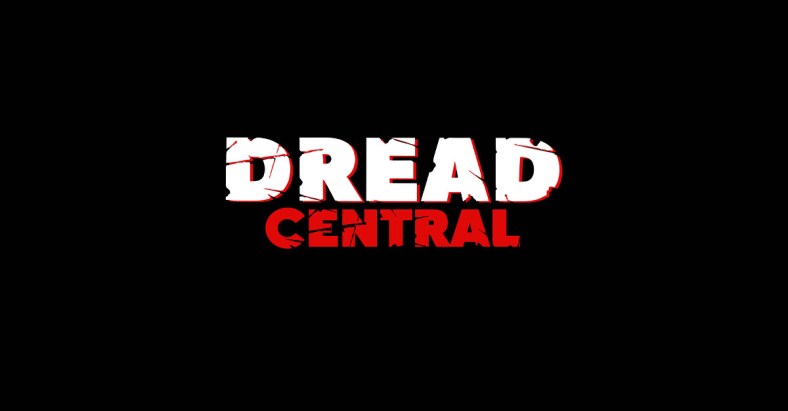
Cinematographer Neal Fredericks at Sundance.
Aspiring filmmakers, if you take nothing else from all that I’ve written, even if you hate The Blair Witch Project, just remember that whatever it is that you want to do, it can be done. We were a bunch of unconnected newbies from Florida and we managed; so can you.
Having even gotten that far was a giant win. It would have been considered a massive success if the ride had stopped at Sundance. And for a while, for me, it did.
Source Services
Alicia and I returned to LA and tried to get our new lives on track, knowing full well that The Blair Witch Project was poised to maybe change our lives six months later on July 16 – opening against Stanley Kubrick‘s final film Eyes Wide Shut (which I assumed would suck all the oxygen out of the room for any other film that week). Meanwhile, I got a temp job answering phones at an executive staffing company called “Source Services” in the Sherman Oaks – a pleasant borough of Los Angeles where I live today.
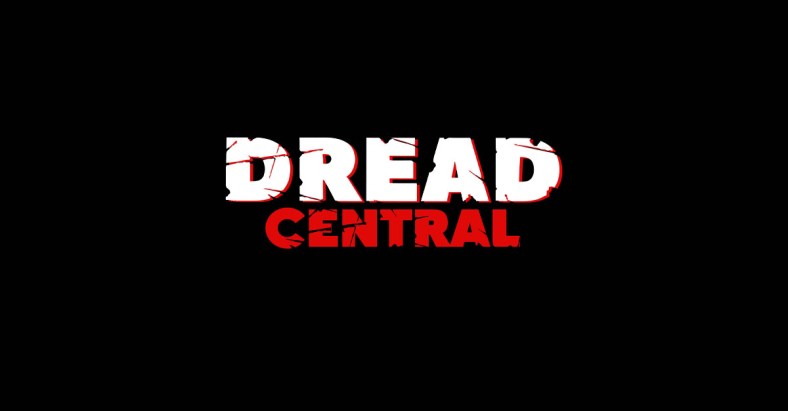
Same day we were coming out. I was not optimistic.
Every time I answered the phone (500+ times per day) I had to recite the following:
“Thank you for calling Source Services, a business of Romack International. This is Ben; how can I help you?”
Rather than speed through it, I over-enunciated every word of that mouthful every time like a radio announcer, and lots of callers thought I was a recording and didn’t know they could talk to me when I stopped.
At night, just to disprove someone who told me it would take five years before I would direct anything in LA, I directed a not-great play called “Golden Elliot” at a scummy theater in Hollywood (on the corner of Seward and Santa Monica Blvd.) which no longer exists.
I think that person meant that’s how long it would take to direct a film, but fuck ’em.
The Meeting (written by Jonathan Mangum), which I edited on Haxan’s editing system at night while they were finalizing the Sundance cut of Blair, got into the Los Angeles Independent Film Festival (now LAFF), and Jay Bogdanowitsch and I busted our asses to get the 35mm negative cut and film print done.
Blair was months and months away from being released.
“Thank you for calling Source Services…”
Then I got a call from Rob Cowie.
“Artisan wants us to re-shoot the end of the movie,” he said.
“Why the fuck would they want to do that?” I asked.
“They just don’t think it’s satisfying,” Rob said.
The people at Sundance sure seemed satisfied. The audience at the Enzian who screened the Sundance print before it was shipped off sure seemed satisfied. The reviews had seemed satisfied.
“They want something bigger, scarier,” he said.
“What the fuck would that be?” I asked.
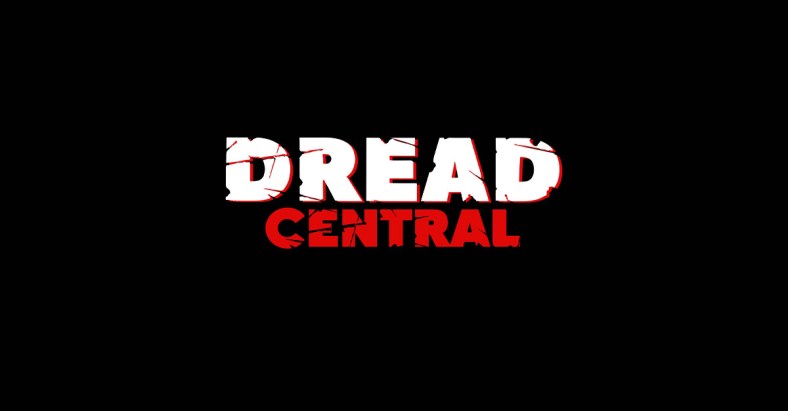
From left to right: Gregg Hale, Michael C. Williams, and me back in that basement. Photo by Stefanie Sanchez
Basically, what Artisan wanted to do was to reshoot the very end. Mike goes down into that creepy-as-fuck brick basement, his camera is dropped, then Heather’s runs down and what she sees before her camera goes down would be one of the following:
- Mike hovering inexplicably in the air.
- Mike crucified on a giant stickman with stickmen hanging everywhere.
- Mike hanging by the neck.
- Mike facing the camera as if in a trance, stickmen all around.
I will be honest… these all sounded completely un-scary and trying-too-hard, as if conceived by people who don’t understand or necessarily like horror films (imagine that), but also Artisan was willing to pay us – I don’t remember how much, but I assume it was more than the cost of making the whole movie the first time – to fly back out to Maryland, go back to that house at Patapsco State Park with just Mike (we don’t see Heather because she’s holding the camera and therefore unseen) and create a bunch of these.
You can see them here. I have no idea who “Iamthe64” is or why they believe they have the copyright on this:
[youtube https://www.youtube.com/watch?v=PXivWT-Qx_s]
At this point nobody had any reason to believe the movie would make more than, say, Darren Aronofsky’s Pi, which had earned three million dollars theatrically. So this shoot might be the last money anyone got paid on the movie. But this was a feature and not a bug: WE WERE GETTING PAID!
Sensing that all the madness occurring might all need to be documented for posterity, Haxan brought on Orlando filmmaker Zubi Mohammed to shoot and edit a behind-the-scenes documentary about all of this, including interviews with everyone in Orlando working at Haxan.
Capturing the Pants
In April of 1999, we all met back again at the scene of the end of the film, albeit all of us more cocky because now we all knew that we’d done well the last time we were out there.
On November 1, 1997, the last night of the original shoot, Mike Williams had thrown his torn bluejeans into the woods by the house, and they were still there. He dusted them off and put them back on for the re-shoots. Mike Monello and Rob Cowie, both of whom had missed the original shoot, got to come out to the house and see it first-hand.
We snuck into the abandoned Nike Missile base right by the house, snooped around some of the old buildings, creeped ourselves out, got back to work.
[youtube https://www.youtube.com/watch?v=cGa-eDEqJNM]
We had a carpenter to build a giant crucifix-sized stickman for Mike for one of the endings and I made a bunch of new stickmen out of sticks found around the property. We took it seriously as we did it, but I don’t think any of us believed it would work. But we all slept in hotels, got paid, ate well. No Chi-Chi’s this time. It was a quick affair, a couple days of prep, one day to shoot, and like a bunch of litterbugs, we left the house filled with Stickmen – the very ones which would turn up on eBay less than a year later.
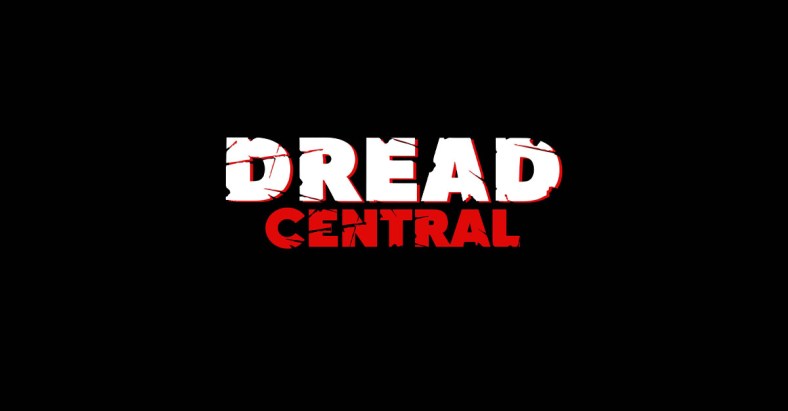
Myself in the basement at the ending reshoot. Photo by Stefanie Sanchez
Then back to regular life again, back to Source Services for me. The guys were all getting ready to go to Cannes, where Artisan intended to throw them a huge party, and I wished I could go.
After reviewing the new endings cut into the film, Ed and Dan fell on their swords to use the original ending of the film and none of the re-shoots. Supposedly, an Artisan exec warned them that they’d be shaving ten million dollars off the theatrical gross of the movie if they did so – but Artisan ultimately relented and the original ending stayed. Besides a spiffy new sound mix, the only major change to the film would be one new interview toward the beginning explaining that Rustin Parr made one kid face the corner while he butchered another so Mike’s corner-standing position at the end would make sense to those paying attention. But the re-shoots, dumb as they were, were never used.
As for me…
“Thank you for calling Source Services…”
Cursed Out
In May of 1999, two months before the film came out, I was contacted by Mike Monello. This time, Sci-Fi Channel (now Syfy) was going to run a TV special about the “Blair Witch,” delving into the mythos and the legend. It would be called “Curse of the Blair Witch,” and Ed and Dan were going to direct it. It would employ some elements we’d created for the ill-fated “Phase 2,” but they weren’t going to be able to write it because… Cannes. But it had to be turned around quickly.
Would I write it?
So I got to stop answering phones again.

Behold the VHS box art!
I again took my leave of Source Services to work from home, a funky cabin-like loft apartment in Silver Lake that people might recognize as Chris Carrazco’s place in “The Burkittsville 7” (more later). Along with Julia Fair (still based in Orlando), I created all of the characters who were to be interviewed in the special. Rather than write their dialogue, I wrote 1- to 2-page character biographies that began with a paragraph about who they were, then the all-caps-and-bold sentence:
THIS IS YOUR STORY:
Then several paragraphs about what they’d be expected to be interviewed about and Ed and Dan asked them questions on-camera and they answered as themselves. It’s a great technique for creating very realistic interviews, but obviously it means the writer isn’t scripting the interview subject’s every word and the end product ends up being a lot like regular documentary footage and it takes a lot of time to cut. But when it’s cast well – even with non-actors – the interviews feel 100% real because they are 100% real.
I came up with a bunch of characters – Heather’s film professor, Josh’s girlfriend, Mike’s brother (played in the show by his actual brother), a folklore professor from Hampshire College (a real college I’d been rejected by), on and on.
Additionally, I had to create the basic structure of the show and write the voiceover, figure out things like is there evidence that Elly Kedward ever existed? So I made up a ship’s log from a boat called “The Reliant,” a too-subtle nod to Star Trek 2: The Wrath of Khan, and to this day nobody’s pointed it out to me. When Ed and Dan got back from Cannes, they quickly went into production and handed the miles of footage over to producer/editor Mike Monello, who was charged with turning in the special in record time.
[vimeo 114798394 w=853 h=480]
While making “Curse,” I never thought what we were doing was “transmedia,” or cutting-edge marketing. I just saw it as just being fucking cool. The “Blair Witch” story simply dictated a lot of these ideas and we ran with them. I couldn’t believe we were being paid to do this. I really hoped it would never end but it did, and a few weeks of that, then back to Source Services I went.
In retrospect, Source Services were very cool about letting me go and return.
I bring up Source Services again because between May and July, nobody was talking about the movie and I was working an admin job in Sherman Oaks surrounded every day by movie fans. Sundance was a few months old, July 16 was still a way off. At the beginning of July I saw a full-page ad for The Blair Witch Project in the LA Weekly, and I cut it out and put it on the Source office fridge.
There was my name in the billing block as “Production Designer.” Nothing like that had ever happened before.
“What’s that?” said one of the headhunters (whose name I have long-since forgotten) who worked in the office.
“It’s a movie I worked on; it’s coming out in a few weeks,” I said.
He sized me up for a second, examined the page torn out of the Weekly, saw my name, smiled.
“Oh cool!” he said. “You worked on a little independent movie!” He was truly impressed.
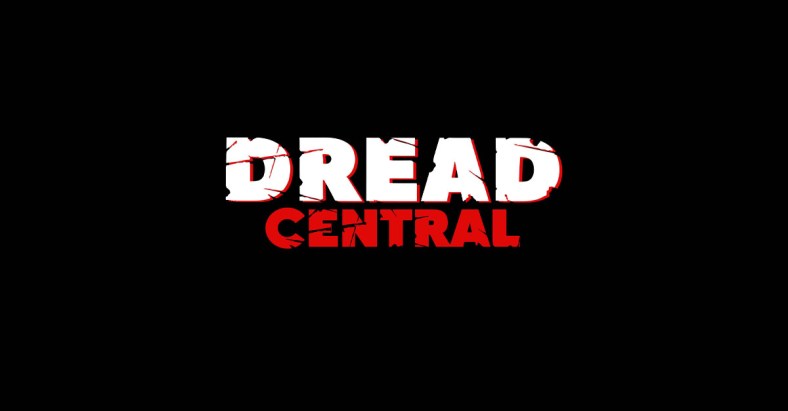
Holy shit! My name is on a movie poster!
He wasn’t wrong. I’d arguably worked on the littlest one. In my mind, the movie would come out and there’d be some attention paid to it and then a few weeks later I’d be sitting at my desk at Source Services, just a little closer to career goals but not there yet.
Around that time, “Curse of the Blair Witch” premiered on the Sci-Fi Channel to huge ratings and positive buzz and further stoked interest in Haxan’s website, which Artisan had replaced with virtually the same identical website.
I began getting into arguments with people who insisted that the movie was fake but the legend was real. Explaining to them that I’d made most of the legend up didn’t tend to dissuade them – It was all starting to remind me of Umberto Eco’s amazing book Foucault’s Pendulum, wherein a bunch of academics invent “The Plan,” a conspiracy theory so credible that living members of the conspiracy realize that their entire lives have been a part of this greater narrative and it takes over and turns on the academics.
About a week before the movie opened, Christian Carrasco (another recruiter there and a hell of a nice guy) said that he’d seen the trailer for The Blair Witch Project and he was pretty sure it would be a hit. It was a weird thing to say because the trailers for the movie gave away virtually nothing and often featured footage not from the film itself. Here’s an example:
[youtube https://www.youtube.com/watch?v=lDIvaQhyc4I]
“Why?” I said to Christian.
“Because Deep Blue Sea and The Haunting both sucked, but they made everyone excited to see horror movies again.”
“Sure,” I said, trying to not feel performance anxiety that this film needed to outperform those giant studio tentpoles.
Also I’d liked Deep Blue Sea.

I flew out to the premiere in New York City, where I’d only been once before, and a friend I’d worked with at the Enzian let me crash on her floor in Jamaica, Queens. The whole Haxan gang and wives and girlfriends went to see De La Guarda, a really cool Off-Broadway aerial theatrical troupe. The next night, the movie premiered, and I rode the subway to the red-carpet premiere. Afterward, Gregg and I stuck our head out of the sunroof of a limo that drove us to the after-party at a swank place in Central Park and I felt like we’d won life.
Spike Lee was supposedly at that party, as was Darren Aronofsky.
July 16, 1999 – Opening Night
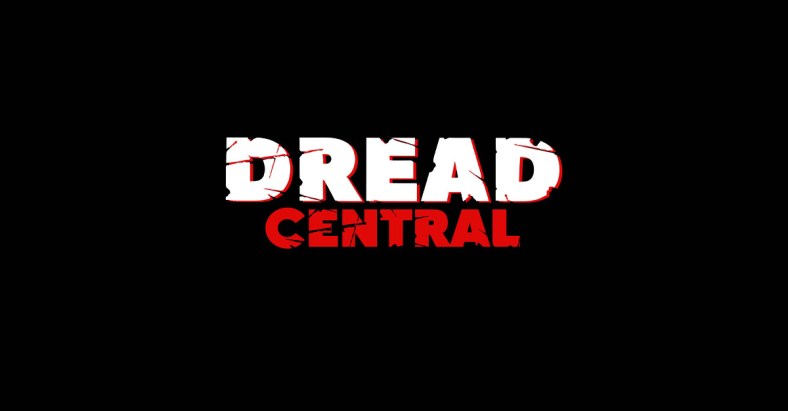
Matt Compton (center) and Gregg Hale (right) at the LA opening of the movie at the NuArt theater in Santa Monica. Photo by Sefanie Sanchez.
The Blair Witch Project opened nationwide. On 27 screens. It instantly set a new record for per-screen averages.
I had my tickets to the screening that night at the NuArt theater on Santa Monica Blvd. The Haxan guys were all in town, and I worked the day at Source Services.
Alicia and I arrived at the NuArt around dusk to see a line wrapped all the way around the building. This was getting real, and fast – not rarified taste-making Sundance audiences, but regular civilians were lining up to see this thing.
Penn Jillette was there (and he commented on how cool it was to see a director – Ed – as tall as himself). The screening was followed by a party at Jonathan Mangum’s snazzy house in Glendale, and then the whirlwind of the movie’s success began to pick up. The next Monday I showed up for work.
My boss, Paul, saw me sitting at my desk and said, “You still here working with all us plebes?”
Less than a week later I had my first professional pitch meeting with Trilogy Entertainment (where I would proceed to never sell anything) and left that job forever. Jeanette, the office manager, gave me a huge hug; the shortest era of my life was the period of time when I first moved to LA and had to work administrative jobs. A few weeks later Artisan blew up the release to 1,101 screens nationwide – their biggest release yet. And it was still packing houses.
Media Cyclone
Ever see a movie where a close friend of the main character’s becomes overnight-famous and is suddenly the prize guest on the biggest talk shows, the cover of the biggest magazines, sponsoring Vodka and spoofing what had catapulted them into the spotlight?
Yeah, I was that guy, the guy whose friend was suddenly world-famous. And like that guy in those movies, I really didn’t know what to do with myself or how to capitalize on my proximity to this success. I suddenly had an agent, a manager, a lawyer. I was getting into rooms I hadn’t earned my way into, hoping to impress people I didn’t know how to impress. I was either a prodigy or an intruder, time would tell. People were watching VHS copies of The Meeting and talking to me as if it were evidence that I was a filmmaker of significance.
You know, Hollywood bullshit.
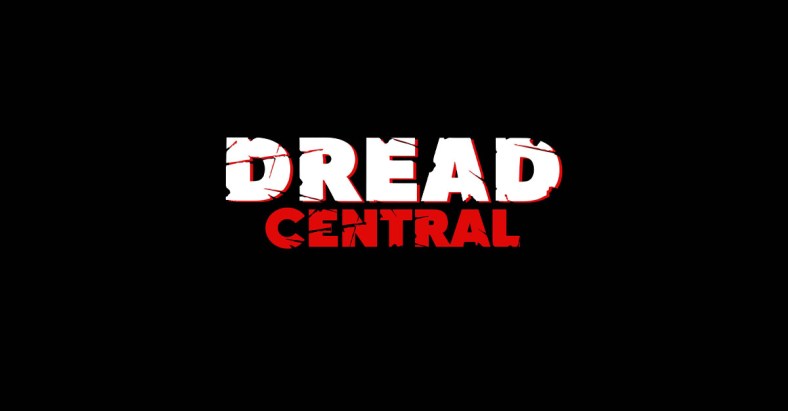
The same week!
Meanwhile the movie was on the cover of both Time and Newsweek magazines the same week (along with my Stickman!), a feat that, from an entertainment property and not a politician or something, had only previously been accomplished by Bruce Springsteen in 1975. Ed and Dan were on “The Daily Show” and Heather was on Jay Leno. Josh was cast in a Robert De Niro movie and Mike Williams quit his day job moving furniture on “Late Night with Conan O’Brien.”
A weird side-phenomenon: People started cheaply making parody versions of the film and they circulated on VHS tapes. We were referenced on “The Simpsons.” “Saturday Night Live,” premiering as audiences were tiring of all the hype, made their refusal to parody us a joke in itself.
The smartest thing that had been done by the Artisan marketing team (John Hegeman and Amorette Jones mostly) was to continually find a new story to talk about. So the news was all about the movie. Then it was all about Ed and Dan themselves. Then it was about how the actors really were actors and everyone hadn’t been excited about an actual snuff film. Then the story was about the phenomenon itself. When one story had run its course, they rolled out the next and the next and managed to keep people intrigued in something about this movie. And it worked. People started asking me if I got a royalty for every Stickman that sold (no, I didn’t and do not).
When The Blair Witch Project opened big, it remained number two to Gary Marshall’s Runaway Bride, and when that movie’s fortunes waned, a new movie called The Sixth Sense dominated the #1 slot.
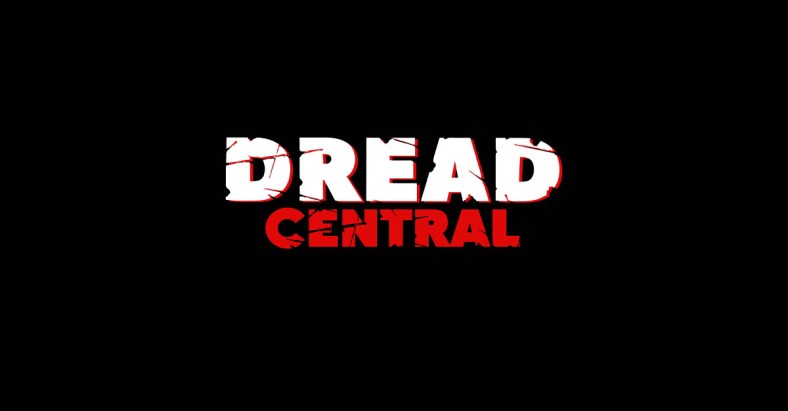
Behold, the face of the true enemy.
So, like Rocky, this story ends with our hero being #2 and that’s a more satisfying ending than anyone could have suspected given where it began. As the first superfan of this movie, to this day I can’t believe how far it managed to go. I thought I was done with it.
I was wrong.
TO BE CONCLUDED NEXT MONDAY!
Categorized:News

